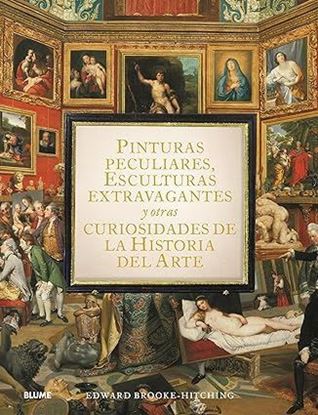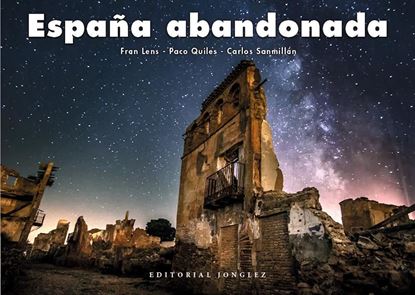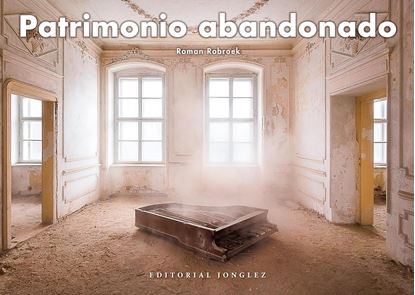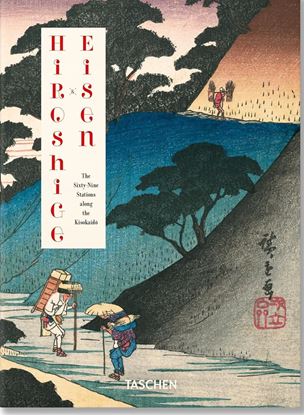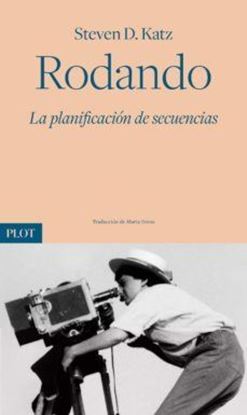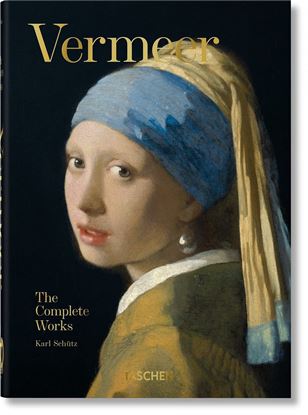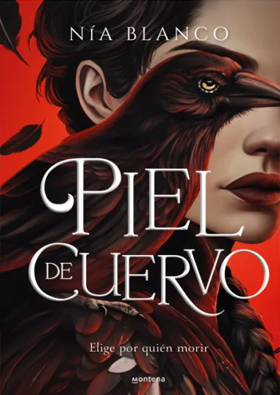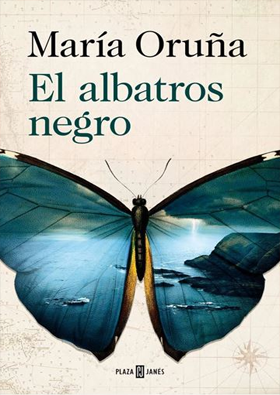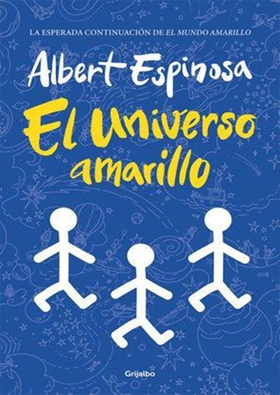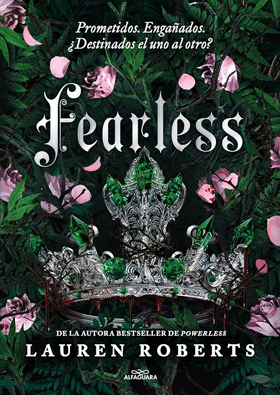

PINTURAS PECULIARES, ESCULTURAS EXTRAVAG
El enigma de la Mona Lisa desnuda, El artista que pintó el fondo marino, Los ángeles mosqueteros del Nuevo Mundo, Los misteriosos retratos de hombres en llamas o La legión de hombres lobo del Ejército romano: una estrafalaria exploración de la vertiente más curiosa del arte, con pinturas, esculturas, dibujos y otras rarezas artísticas extrañas. Una exposición única que reúne más de cien obras magníficas, elegidas por su sorprendente belleza, su rareza y la cautivadora historia que hay detrás de su creación. Tesoros oscuros y olvidados conviven con obras maestras muy conocidas, y todos tienen historias secretas que contar. Las páginas de este libro acogen frescos medievales sobre el Juicio Final, esculturas que gritan, manuscritos mágicos, arquitectura imposible, santos con cabeza de perro y el primer retrato de un caníbal. Arte robado, arte marginal, arte fantasma, arte de venganza y arte pintado en el fondo del mar junto a muestras de arte escandaloso, falsificaciones y engaños, arte de sueños y pesadillas, y pinturas crípticas todavía por descifrar.
1,995
ESPAÑA ABANDONADA
Barren red deserts dotted with post-colonial ghost towns, dilapidated inner city factories, discarded country homesteads and a succession of dormant, soot-filled power stations are just a handful of the desolate, yet visually rich narratives that form part of the abandoned Australia landscape.
Digging beneath the sun-baked soil, Shane Thoms uncovers the modern ruins scattered over this arid continent and reveals a series of beautifully broken abodes hiding in the crevices of the Great Southern Land.
Whispering of both long-gone happy family moments and human darkness, of working lives and the everyday pursuits of living, these atmospheric scenes allow us to reconstruct the stories of the past. Prompting conversations about a growing, diverse country with a complicated history, these abandoned places both connect as well as contrast the past and the present and chronicle the hidden remnants of the evolving Australian story.
1,995
PATRIMONIO ABANDONADO
Los vestigios de Abjasia, un país que no existe, una fábrica abandonada transformada en decorados para Hollywood, la Línea Verde de Chipre, la ciudad fantasma que dejó la catástrofe de Chernóbil, un cine modernista en Bruselas, insólitas fortificaciones del siglo XVIII en Italia, la ciudad de Tskaltubo y sus “aguas de la inmortalidad”, una de las termas más antiguas de Rumanía…
Roman Robroek es un fotógrafo del sur de los Países Bajos fascinado por la arquitectura urbana. Sus espectaculares fotografías de lugares olvidados en el mundo entero han ganado múltiples premios. ¿Cuál es la historia de estos edificios? ¿Quiénes vivían en ellos? ¿Para qué servían esos objetos y por qué los abandonaron? Su insaciable curiosidad por estos temas le llevó a ser fotógrafo urbano. Patrimonio abandonado es el resultado de diez años explorando lugares fantasmales en busca de respuestas.
1,995
RODANDO. LA PLANIFICACION DE SECUENCIAS
RODANDO` ES EL COMPAÑERO PERFECTO PARA LOS CINEASTAS DUDOSOS TRAS LAS CÁMARAS. A LO LARGO DE SUS PAGINAS STEVEN D. KATZ ABORDA LA PLANIFICACIÓN DE SECUENCIAS DESDE TODOS LOS PUNTOS DE VISTA Y LAS CIRCUNSTANCIAS DE LA PRODUCCIÓN SIEMPRE DE UNA FORMA AMENA Y EMINENTEMENTE PRACTICA. ANTICIPA TODOS Y CADA UNO DE LOS PROBLEMAS CON LOS QUE SE ENCONTRARA EL DIRECTOR AL LLEGAR AL RODAJE: LA COREOGRAFÍA DE ACTORES Y CÁMARA LA ELECCIÓN DEL MATERIAL LA FORMA DE ECONOMIZAR TIEMPO Y RECURSOS LOS ASPECTOS RELATIVOS AL DISEÑO DE DECORADOS Y ELECCIÓN DE LOCALIZACIONES. ADEMAS LAS ENTREVISTAS A ALGUNOS DE LOS PROFESIONALES QUE AYUDARON A LA CREACIÓN DE PELÍCULAS COMO `TERMINATOR` `LOS PAJAROS` `EL GRADUADO` `E.T. EL EXTRATERRESTRE` O `TAXI DRIVER` COMPLETAN ESTE VOLUMEN.
1,995
VERMEER. THE COMPLETE WORKS (40) (GB)
Despite numbering at just 35, his works have prompted a New York Times best seller; a film starring Scarlett Johansson and Colin Firth; record visitor numbers at art institutions from Amsterdam to Washington, DC; and special crowd-control measures at the Mauritshuis, The Hague, where thousands flock to catch a glimpse of the enigmatic and enchanting Girl with a Pearl Earring, also known as the “Dutch Mona Lisa”.
In his lifetime, however, the fame of Johannes Vermeer (1632–1675) barely extended beyond his native Delft and a small circle of patrons. After his death, his name was largely forgotten, except by a few Dutch art collectors and dealers. Outside of Holland, his works were even misattributed to other artists. It was not until the mid-19th century that Vermeer came to the attention of the international art world, which suddenly looked upon his narrative minutiae, meticulous textural detail, and majestic planes of light, spotted a genius, and never looked back.
This 40th anniversary edition showcases the complete catalog of Vermeer’s work, presenting the calm yet compelling scenes so treasured in galleries across Europe and the United States into one monograph of utmost reproduction quality. Crisp details and essays tracing Vermeer’s career illuminate his remarkable ability not only to bear witness to the trends and trimmings of the Dutch Golden Age but also to encapsulate an entire story in just one transient gesture, expression, or look.
1,995

